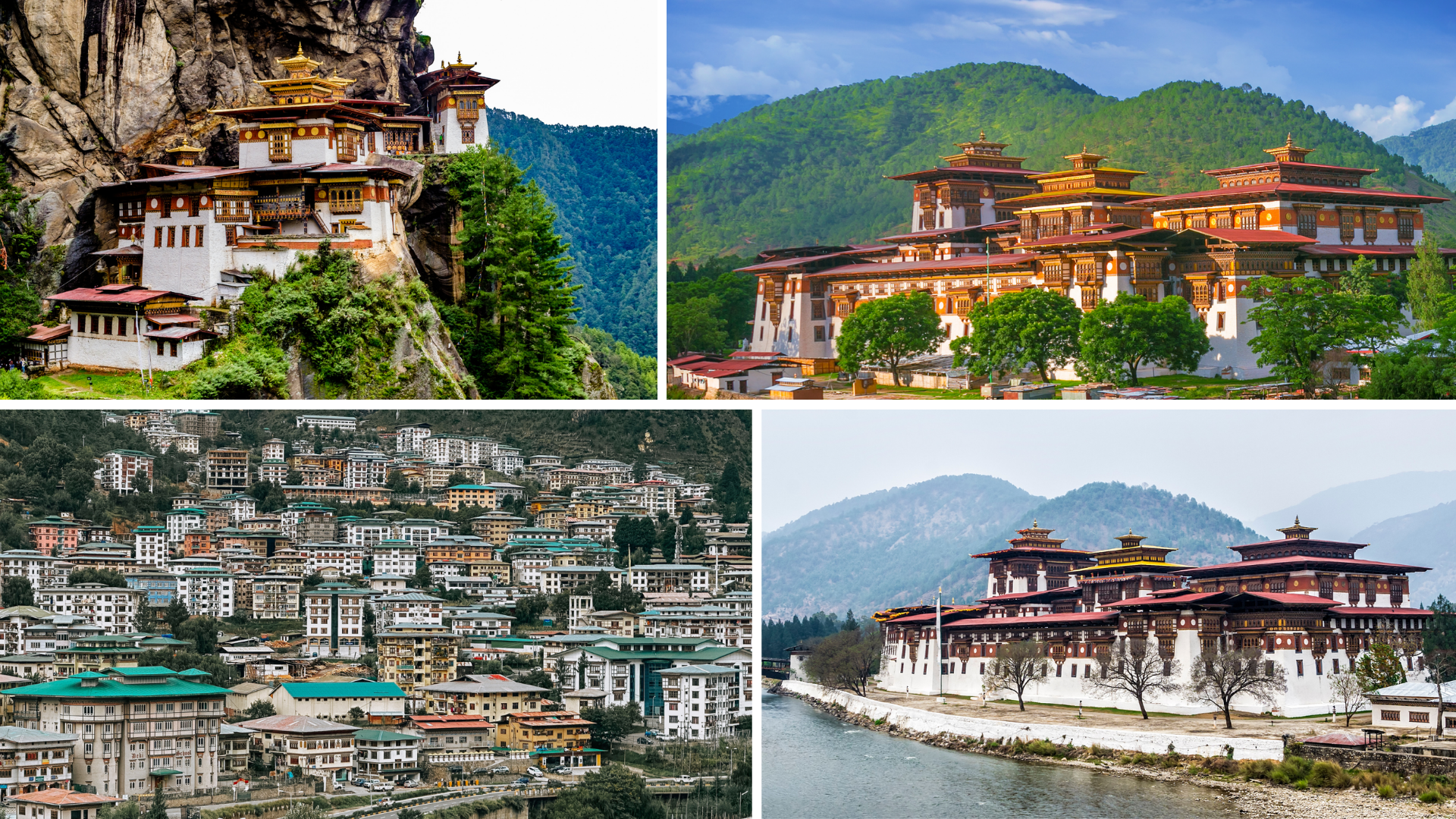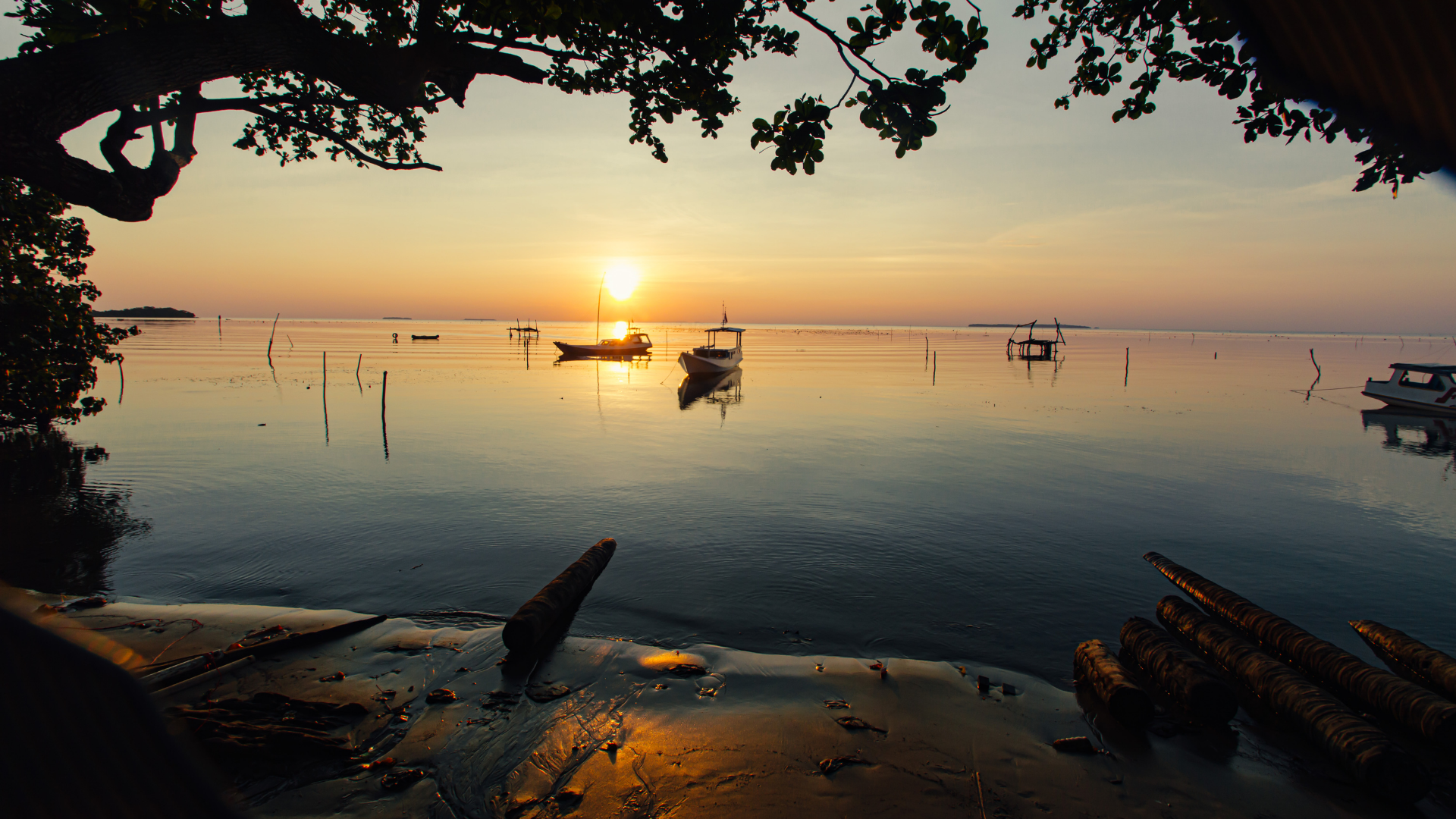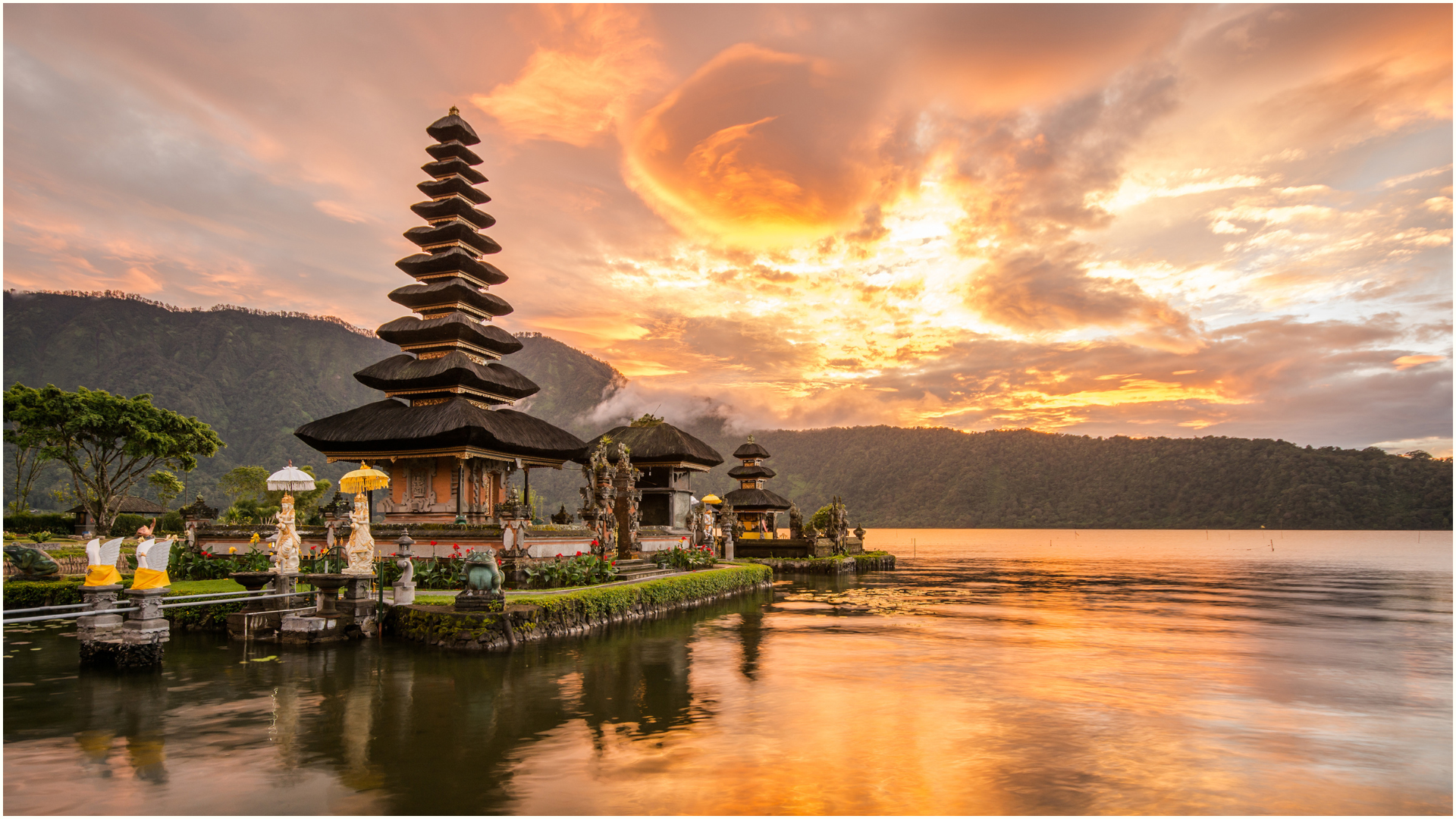Angkor Complex – Where Stone Meets Eternity
Angkor Complex – Where Stone Meets Eternity
Rising from the misty jungles of Cambodia, the Angkor Complex is a breathtaking testament to the genius and devotion of the Khmer Empire. Spread across more than 400 square kilometers, this UNESCO World Heritage Site is not only the largest religious monument complex in the world but also one of humanity’s most awe-inspiring achievements.
Every temple, tower, and carving tells a story — of gods and kings, of faith and power, of time’s quiet passage through sacred stone. To wander Angkor is to journey into the heart of Cambodia’s soul.
Angkor Wat – The Eternal Symbol of Cambodia
Dominating the landscape with its grandeur, Angkor Wat is the crown jewel of the Angkor Complex. Built in the early 12th century by King Suryavarman II, it stands as a masterpiece of Khmer architecture — an earthly reflection of the celestial world.
Its five lotus-shaped towers rise majestically toward the sky, while endless bas-reliefs depict mythological scenes with astonishing detail. At sunrise, when the temple’s silhouette glows against the dawn sky, Angkor Wat becomes more than a monument — it becomes a moment of transcendence.
Travel tip: Visit at sunrise for the iconic reflection shot across the lotus pond. Arrive early to find a quiet vantage point, and bring a flashlight for exploring the temple’s inner corridors before the crowds arrive.
Angkor Thom – The Great City of the Khmer Kings
Just north of Angkor Wat lies Angkor Thom, the last and most enduring capital of the Khmer Empire. Enclosed by high stone walls and monumental gates, this “Great City” radiates both power and peace.
At its heart stands Bayon Temple, famous for its 200 enigmatic stone faces smiling serenely across the ancient city. Each gaze seems to follow you — compassionate, knowing, eternal. The surrounding terraces and causeways, adorned with intricate carvings, reveal the empire’s rich mythology and artistic mastery.
Travel tip: Enter through the South Gate in the early morning to avoid tour buses. The light filtering through the stone faces of Bayon is magical just after sunrise.
Ta Prohm – The Jungle’s Sacred Embrace
Few places in the world capture the imagination like Ta Prohm, where nature and history intertwine in poetic harmony. Massive silk-cotton and strangler fig trees weave their roots through temple walls, reclaiming stone with slow, graceful strength.
Left partially unrestored, Ta Prohm offers a haunting beauty — a reminder of nature’s quiet power and the impermanence of human creation. This temple, immortalized by films like Tomb Raider, is one of Angkor’s most photographed sites, yet nothing compares to seeing it in person.
Travel tip: Visit just after sunrise, when soft light filters through the trees and the air still carries morning mist. The temple is quieter at this time, allowing you to truly feel its mystical atmosphere.
Banteay Srei – The Jewel of Khmer Artistry
Located about 25 kilometers from the main Angkor temples, Banteay Srei is small in scale but grand in beauty. Known as the “Citadel of Women,” this 10th-century temple is renowned for its pink sandstone and exquisite carvings — some of the finest in the entire complex.
Every wall and lintel is etched with delicate depictions of Hindu deities, floral motifs, and mythical creatures, revealing craftsmanship that feels almost impossibly intricate. Banteay Srei glows warm and golden at sunrise and sunset — a photographer’s dream.
Travel tip: Combine your visit to Banteay Srei with a stop at the Landmine Museum nearby for a deeper understanding of Cambodia’s modern history and resilience.
Preah Khan – The Sacred Sword of the King
Less crowded but equally magnificent, Preah Khan was once a thriving city and Buddhist university. Its labyrinthine corridors and moss-covered walls whisper stories of devotion and learning. Built by King Jayavarman VII in honor of his father, Preah Khan reflects both architectural brilliance and spiritual depth.
Travel tip: Bring a flashlight and explore the temple’s inner sanctuaries in the morning. The soft light and gentle solitude make it one of Angkor’s most peaceful experiences.
Why Travel to the Angkor Complex?
The Angkor Archaeological Park is not just a collection of temples — it’s a living testament to human imagination, spirituality, and endurance. Whether you stand before the vast towers of Angkor Wat or wander through the quiet corridors of Ta Prohm, you feel the pulse of a civilization that once shaped Southeast Asia’s destiny.
Every stone, every carving, every sunrise over Angkor tells the same story — that beauty and belief can outlast time itself.
Plan Your Angkor Adventure
From the grandeur of Angkor Wat to the mysterious serenity of Bayon and the jungle embrace of Ta Prohm, the Angkor Complex offers an unforgettable journey through history, art, and faith.
At HA Travel, we design tailor-made experiences that let you explore Angkor at your own pace — from private sunrise tours and expert-led temple walks to authentic encounters with local communities.
✨ Start your Angkor journey with HA Travel — and step into a world where history breathes, nature speaks, and the timeless spirit of Cambodia awaits.





.png)
